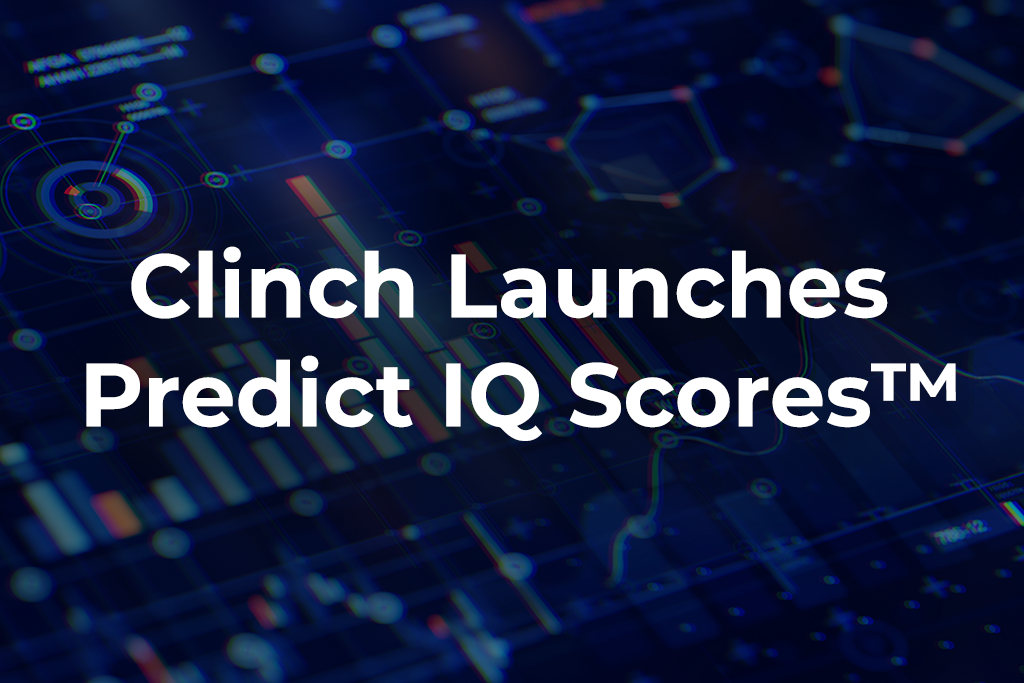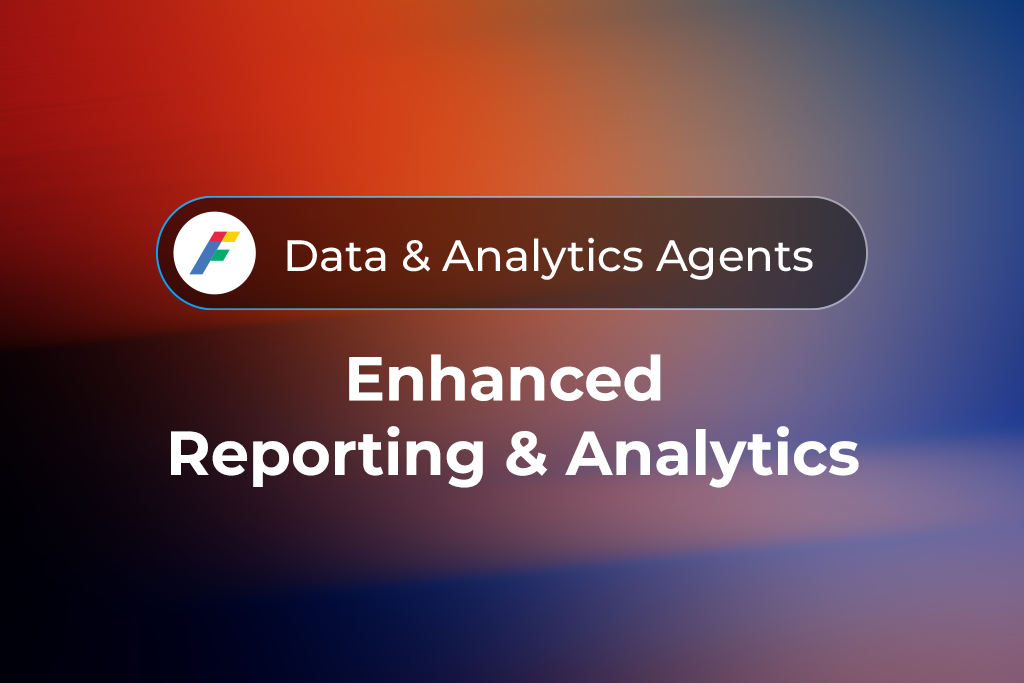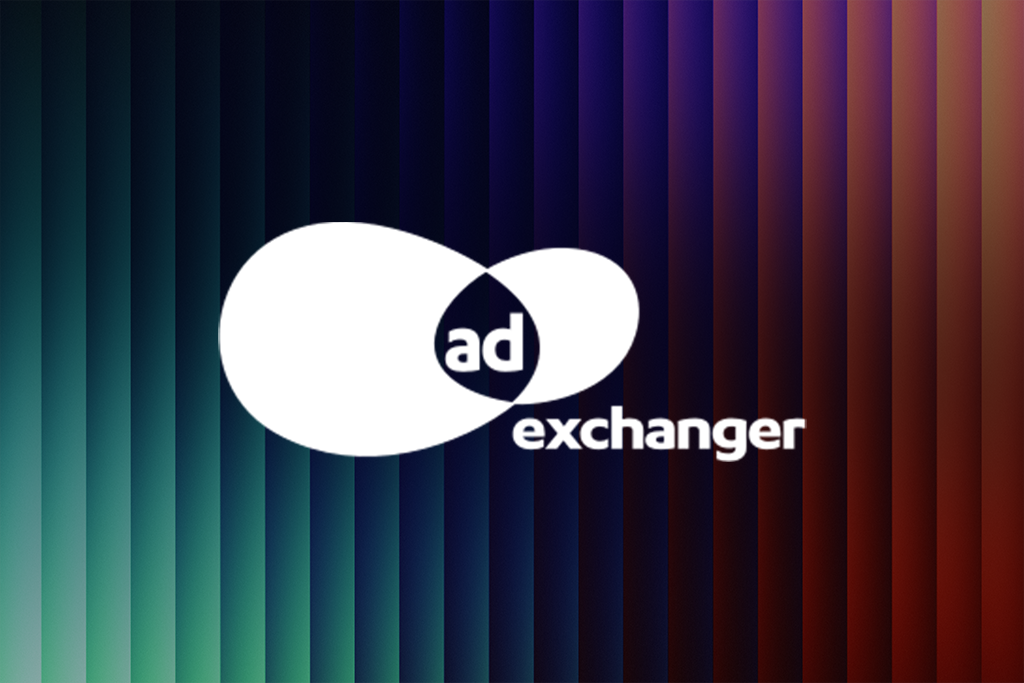
Data-driven Campaign Strategies for Retailers
By Sara Walker-Santana, Product Marketing Manager at Clinch
Retail advertisers must remain nimble and agile with campaign strategies to stay one step ahead of consumers and competition. Amidst a potential looming economic downturn and uncertain job market, consumer spending behavior is forecasted to be unpredictable…. While spending and sales have been strong year over year, no one has a clear picture if that trend will continue.
According to Principal Analyst Brendan Witcher at Forrester, “One of the biggest drivers of hesitancy for consumer shopping is their level of worry about near-term employment. Although we saw stellar sales over Black Friday weekend, many companies are making headlines lately laying off thousands of workers. The aggregate effect is a pause in the consumer’s willingness to fully open their wallets and finishing those shopping lists.” Consumers that do plan to spend will gravitate toward the best user experiences, stellar service, deals and offers; taking more time to research and consider each purchase before they hit checkout.
For retail advertisers to thrive and remain in the black, it’s time to fully embrace data-driven and real time campaign strategies. Delivering ads that are targeted, engaging and relevant is now table stakes to forging lasting customer relationships. Retailers need to lean into AI-driven technology that automatically optimizes campaigns in real time if they want to improve their odds of attracting audiences as well as converting and retaining in-market shoppers in today’s world.
The Power of Combining Automation with Optimization
Campaign optimization is a process used by advertisers to boost the effectiveness of advertising campaigns by making adjustments to aspects of an ad or campaign during its lifecycle. Adjustments are based on pre-selected metrics tied to optimal business outcomes. A campaign can be optimized by things like channel, message, creative, and call to action to improve the established key performance indicators (KPIs) like website clicks, engagement, reach or conversions. Campaign optimization can result in a reduction in media spending and an increase in sales.
A successful optimization strategy uses automation to yield optimal performance-based outcomes. We equate it to the notion of treating every impression like a small experiment – gathering insights about consumer engagement activity, and then applying those learnings, after performance metrics are met, to optimize the creative and product within the ads in real time.
Automating this process not only increases conversions but also relieves retailers of the grueling work of sifting through spreadsheets full of performance metrics to manually update ads weeks after a campaign has already run – so they can capture the consumer with the right creative in the right moment and get time back to focus on other aspects of their business.
Feed-based Product Optimization
In addition to testing how creative messages perform against one another, retailers can also test and optimize how their products are performing across campaigns and channels. Algorithms can analyze in real time which products are the most impactful using data signals gathered from consumer activity, like product pages visited or abandoned carts or add to carts etc. Low performing or out of stock products can automatically drop from ads so shoppers are not frustrated by their experience when they click through to product pages on a retailer’s site.
This strategy can be even made more granular and effective by only optimizing specific items from a product feed. These items can be pre-built category lists like men, women, kids, back-to-school and Mother’s Day etc. or automated lists based on each individual product’s performance. Retailer’s can set the performance qualifiers to any goal or KPI, it’s completely customizable.
To sum up key benefits of activating this strategy; retailers can easily create retargeting campaigns based on real-time user behavior, like abandoning a cart, or browsing a product page. They can automatically serve ads with a few pre-determined settings of the top performing products to engage new and existing customers at scale and remind shoppers of the products they loved. AI literally shaves weeks off activation time by leveraging product feeds and performance metrics to generate the winning ads.
Product Optimizations campaigns are easy to get up and running with the right technology partner; they will dramatically improve sales and reduce costs. Making both consumers and advertisers happy, which will go a long way in these uncertain times.
However, this only works with the right technology in place that uses advanced AI and automation, this is not possible through manual workflows.
To learn more about how Flight Control by Clinch can help deploy advanced data-driven strategies contact us here.







